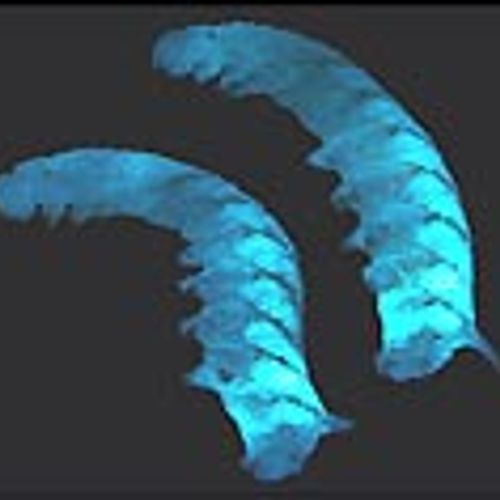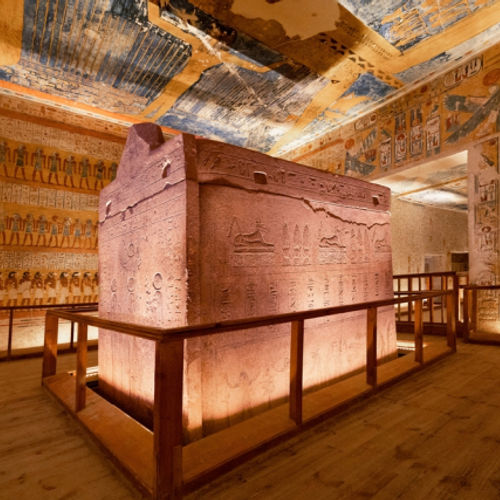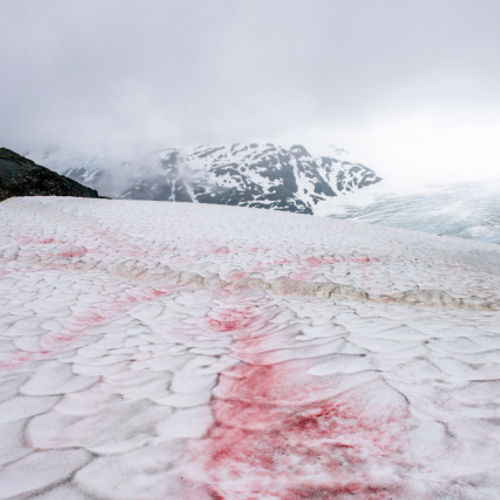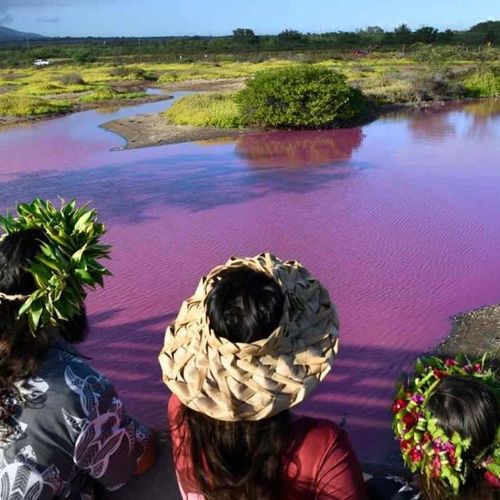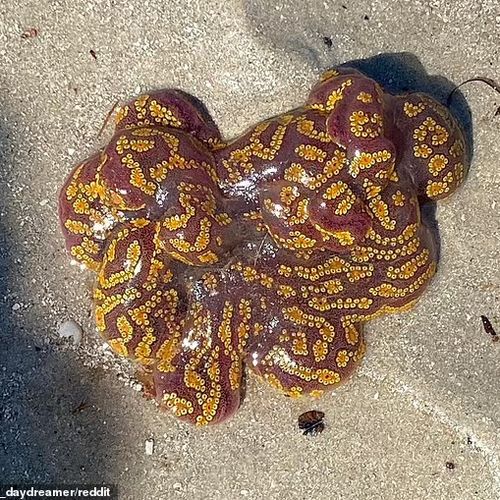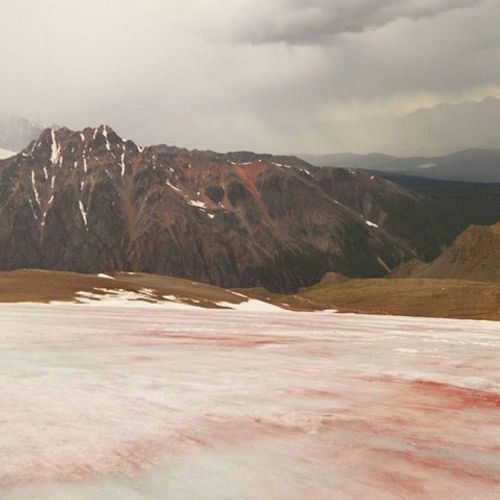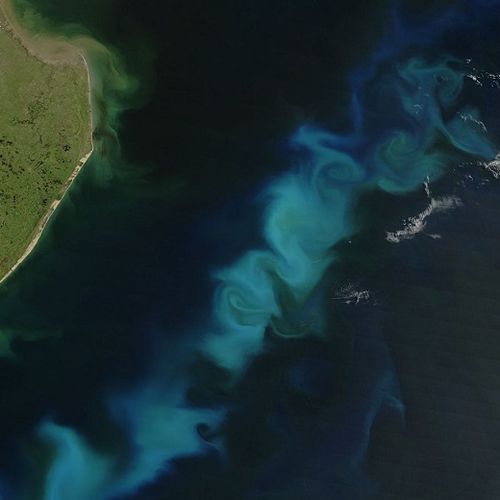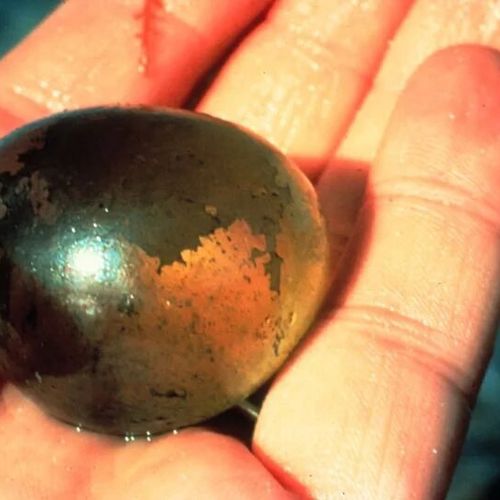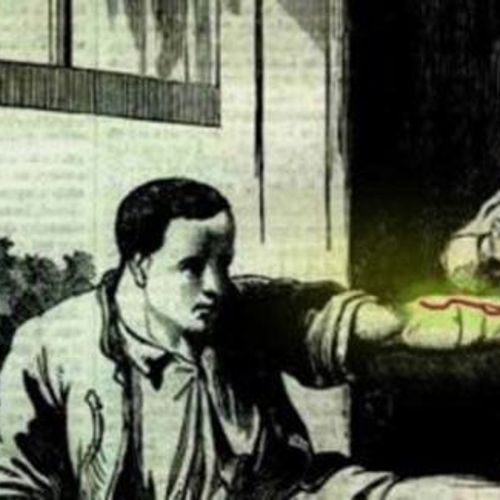
| Added | Tue, 22/11/2022 |
| Источники | |
| Дата публикации | Tue, 22/11/2022
|
| Феномены | |
| Версии |
The Battle of Shiloh was one of the battles that took place during the American Civil War (April 12, 1861 - May 9, 1865), in 1862 in southwestern Tennessee. The Union victory at the Battle of Shiloh allowed its troops to penetrate deep into Confederate territory.
After the Battle of Shiloh, it was necessary to take care of the wounded, and then a curious phenomenon was noticed. With the onset of night after the end of the battle, many wounded soldiers began to glow in the dark. This greenish-blue glow later became known as the "angel glow". This was because those whose wounds were glowing had a better chance of survival than those whose wounds were not glowing. In addition, they had fewer cases of infection, and they healed faster. Therefore, it was believed that the glow is a beneficial force that has a divine origin. Since the doctors of that time could not explain this phenomenon, they left everything as it is.
In fact, in the following decades, no one seems to have conducted any further research into the nature of this mysterious phenomenon. Nevertheless, this story has been retold countless times and by the 21st century has become part of the fighting folklore. One of those who heard about this story was Bill Martin, who was a high school student when he went on a tour of the battle site in 2001. The story of the angel's radiance aroused Martin's curiosity, and he wanted to know more about it. Therefore, Martin, along with his friend Jonathan Curtis, decided to investigate the cause of the Angel's glow as part of a school science project.
The first destination for the two boys was none other than Martin's mother, Phyllis. It so happened that Phyllis was a microbiologist at the US Department of Agriculture and studied luminescent bacteria living in the soil. Martin suggested that the Angel's glow could be caused by one of the types of fluorescent bacteria, and asked his mother if this was possible. Phyllis suggested that Martin and Curtis conduct experiments to test their hypothesis.
Both boys started by identifying bacteria that glowed in the dark, and then studied historical records. The latter was supposed to narrow down their search to those bacteria that could be present in Shiloh. One potential candidate was Photorhabdus luminescens (P. luminescens), a bacterium living inside nematodes, also known as roundworms.
P. luminescens is in a symbiotic relationship with a certain genus of nematodes called Heterorhabditis, which are insect parasites. When a nematode infects an insect, it releases the bacteria living in its intestines into the host's blood. The bacterium then releases toxins that kill the insect and other microbes, as well as enzymes to digest what it kills. This provides nutrients to both the bacterium and the nematode. Under these conditions, the bacteria emit a glow that attracts other insects, which become the next food for the nematode and bacteria.
Martin and Curtis also studied the conditions on the battlefield when the Battle of Shiloh took place. They found that the fields were cold, dirty and wet, which is ideal for P. luminescens to thrive. However, experiments in the laboratory have shown that bacteria cannot survive at human body temperature. This posed a problem for Martin's hypothesis, because it meant that bacteria could not live on the wounds of soldiers. However, the guys soon realized that in early April, the night temperature at the battle site was low enough that wounded soldiers who had been lying in the rain for two days could get hypothermia. In this case, P. luminsecens could live on their wounds.
Taking this information into account, Martin and Curtis concluded that the "angel's radiance" reported at the Battle of Shiloh was caused by P. luminescens. Bacteria could get into the wounds of soldiers from the soil in which they lay. The toxins secreted by the bacterium could kill other microbes in the wounds, thereby preventing infections. Fortunately, neither P. luminescens nor Heterorhabditis pose a particular danger to humans. Moreover, they can be purified by the human immune system.
Currently, the conclusion reached by Martin and Curtis, namely that the glow of angels is caused by P. luminescens, is the most plausible explanation for this phenomenon (but not the fact that this is true).
By the way, these two boys had the opportunity to present their findings at the 2001 Intel International Science and Engineering Fair in San Jose, California. They took first place in the team competition. Thanks to the research of Martin and Curtis, the story of the glowing wounds at the Battle of Shiloh can be considered not just as part of folklore, but as something that could really happen.
Новости со схожими феноменами
Новости со схожими версиями
Log in or register to post comments

